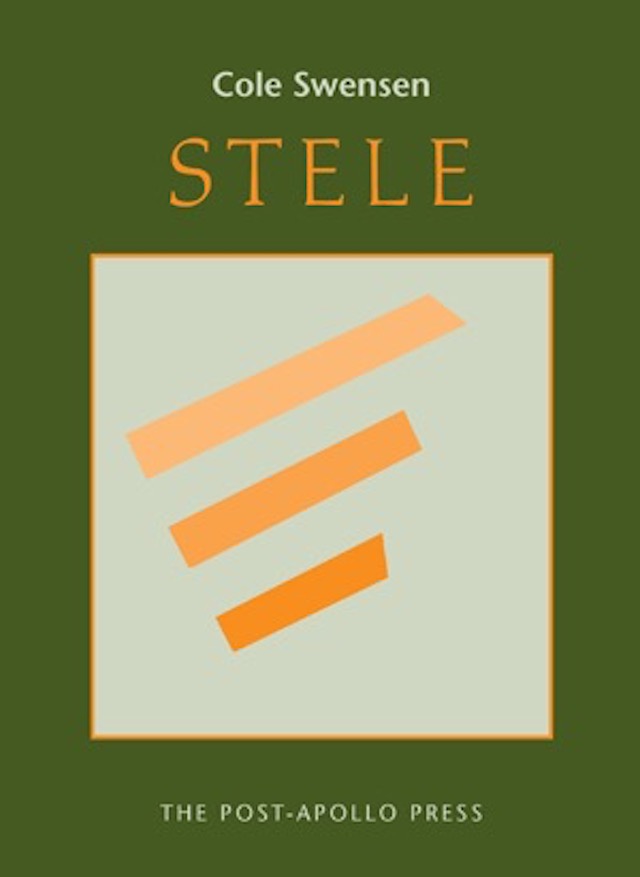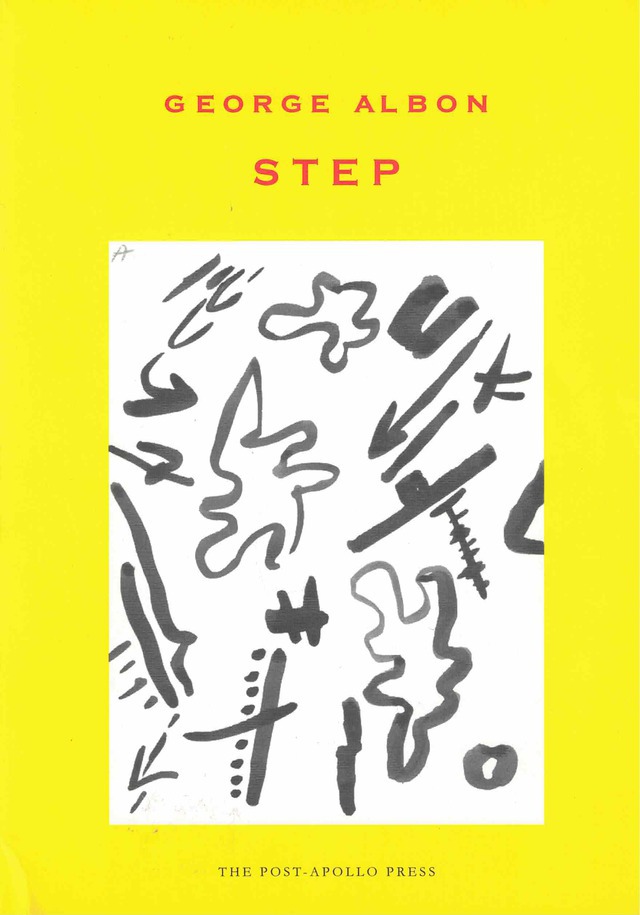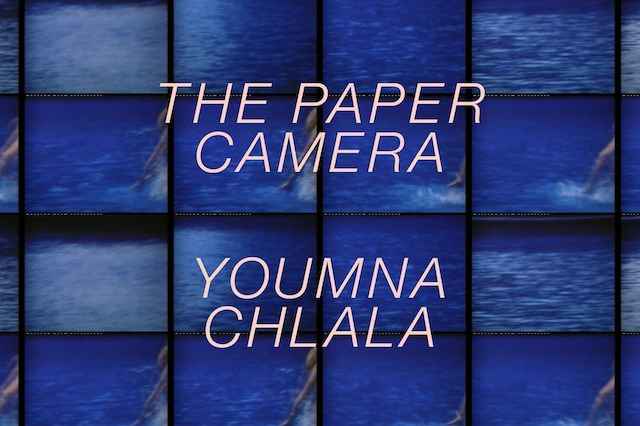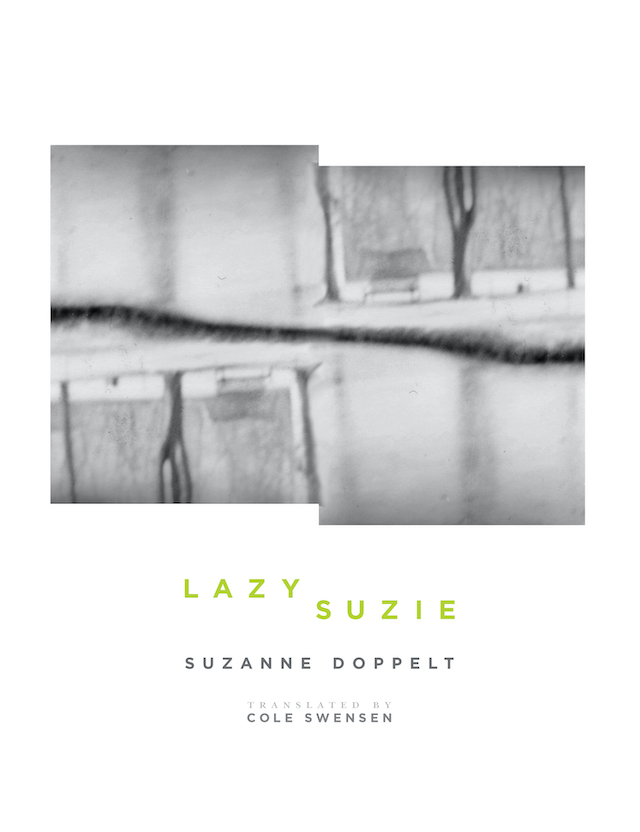From the Contemporary Poetry Series #1
In Stele, Cole Swensen pens a series of lyric poems in couplets, organized in two side-by-side columns, which can be read together (across the caesura) as fragmented but interwoven lines, or discretely, as simultaneous vertical compositions. Either way, these oblique shape poems suggest the visual form of stele: stone slab monuments typically inscribed with memorializing texts—monuments that are also some of the most ancient sites of writing. What the poems of Stele commemorate, however, are not the public events and persons celebrated by the State officialdom, but the quiet movements of the mind of a peripatetic poet at play, observing and reflecting on the grand and grave minutia of everyday life.
Cole Swensen
Praise for Stele
Cole Swensen’s Stele goes forth with an artful, graceful balancing as in a minuet, stopping, bowing and then moving towards new thought. This reading “presumes a crossing” of empty space in each line. This crossing is a waking dream, linking action with image.The interval grows until it changes how one reads this work. Simple rhythmic constraints of diction and of space construct a fluid but uneven chiasm where one starts to read down and across at once, too eerily different musical scores. Sophisticated, in a refined, unhurried measure, the more Stele gains restraint, the more ardent it becomes.
— Norma Cole
With but forty pages of text, the first poem of this graceful and enviable little book sets the tone of the collection as a whole, a particular kind of doubling effect, in which one can read the poem as broken lines, or two poems in parallel. The effect is breathtaking.
— Rob McLennan, Rob McLennan’s Blog





This brief and elegant collection—one book-length poem that can also be seen as a set of short similar units—sets out to mimic the act of walking, finding in the work of a person in motion a figure for all perception, wisdom, life.
— Publisher’s Weekly